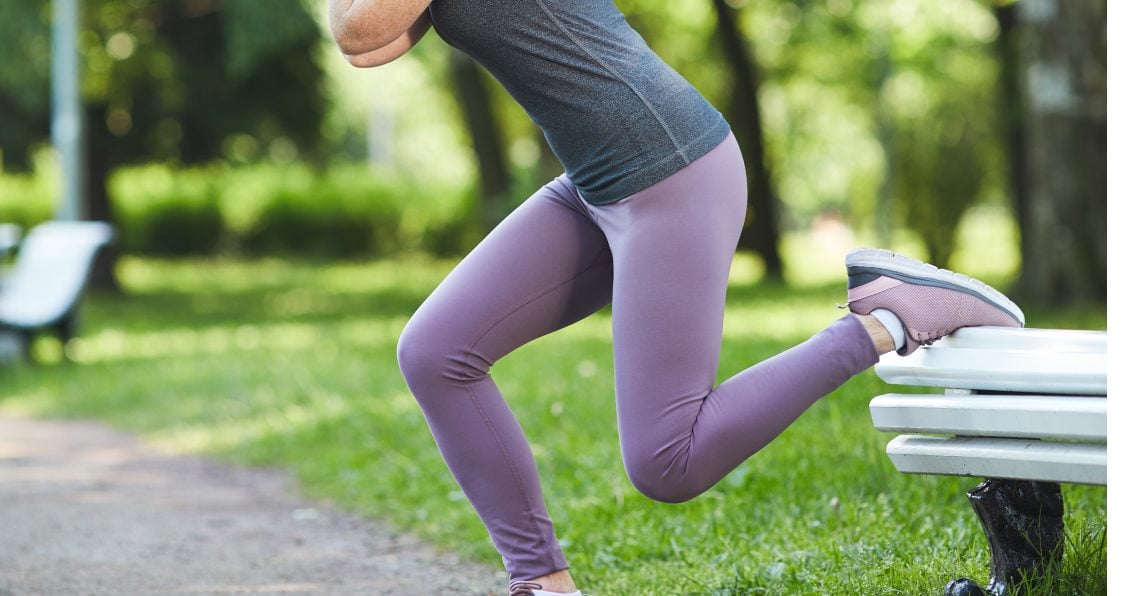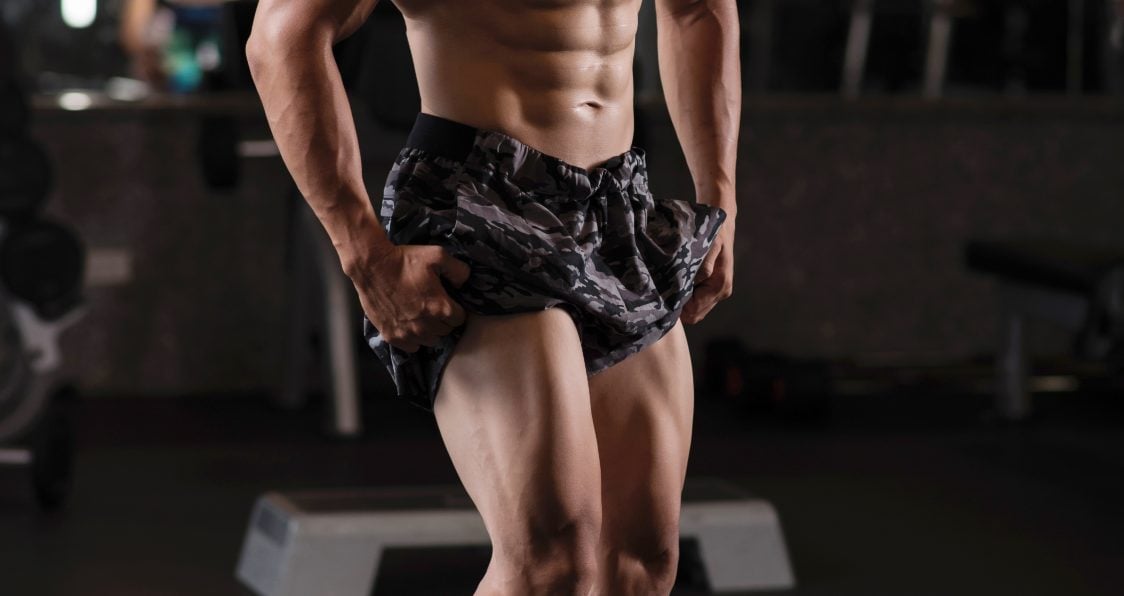Both will really boost leg growth, but is one better?
As we all embark on that dreaded leg day, it’s important to realize that certain exercises can effectively work our muscles better than others. With our busy schedules, we want to maximize our time in the gym as best we can, for efficiency matters when under that tight workout window. With countless leg exercises to perform, all of which can help with growth and building that lower body physique, choosing the best ones can be difficult. The lunge and split squat are two amazing leg exercises to help get you to where you want to be. But the debate about the lunge vs. split squat is one that remains subjective and unanswered.
In order to help you optimize your training and performance goals, let’s dive in and take a look at these great exercises. From what they are, to muscles worked, the benefits, and of course, what makes them so different, by the end of this, you will have a better idea of just what to do when leg day decides to roll around.
Benefits Of Strong Legs
Before we dive right into these exercises, the benefits to having strong legs is something important to touch on. Of course, for those involved with sport specific movements which require certain skills like sudden pivots and turns, having strong legs will work to keep you stable so no sudden injury occurs.
For those of us lifters, strong legs make you look good and make you look like you know what you’re doing. Those guys with the massive trunks and chicken legs look foolish, we’ll say it here, so don’t be them. Strong legs will work to keep you balanced and supported for all your lifts, especially those big powerlifts, and will enhance explosivity and power output so you can maximize every workout in the gym (1).

Let’s Talk About Lunges
Lunges are a great exercise to promote muscle growth, balance, and even weight loss. By promoting strength and size, lunges work to strengthen the low back and muscles surrounding it to avoid injury. With this exercise focused on one leg, you start to see more core engagement leading to greater gains and that added layer of support (2). The challenge while relying on one leg is the need for increased balanced, which will improve quickly with lunges as they are a staple component of the lunge exercise. As simple and convenient exercises to do everywhere, these are great for at home or at the gym workouts.
Muscles Worked: Quads, hamstrings, glutes, calves, and core for that added support
How To: Start in an upright and strong, stable position. Step one foot forward in front of you and bend the knee to a 90-degree angle. Your thigh will be parallel to the ground and your knee on the extended foot should not go past the foot of that same leg. Drive through the ground and lift up to the starting position. Alternate legs and perform for your desired number of reps.

What About Split Squats?
What you’ll get out of split squats are very similar benefits to the lunge. Split squats will work to improve strength and performance by building those legs so you see those desired tree trunks take affect. With these being a loaded stretch, split squats can enhance mobility, something vital for range of motion and what will prove to pay off in the long run (3). For those suffering from an imbalance, split squats can work to eliminate those so you don’t deal with injuries and can continue to grind in the gym.
Muscles Worked: Quads, hamstrings, glutes, abductors, adductors
How To: Step one leg in front of you with your hands by your sides and your core engaged. Bend one leg as you lower to the floor and as you return to the starting position, don’t leave that position. Continue this movement until you’ve completed your desired amount of reps and then repeat with the other side.
Major Difference Between These Two
One of the main differences is the way each is performed. Although it is a small difference in terms of appearance, what this requires makes each unique. The split squat requires you to stay in place, lowering and raising yourself all why remaining in a fixed position. The lunge requires a step forward and backward on either side of the actual lunge movement. This will need more balance and coordination to complete the movement since there is extra movement taking place. It isn’t so much that the level of difficulty is that much different, but it will require some extra attention if you choose the lunge.

Which Is Better?
When it comes down to it, both are great for building leg muscle. With very similar movements, it is hard to argue that one will build more muscle than the other. When it comes to the accessory benefits like balance and coordination, the lunge seems to squeeze out in front given that it needs that extra movement to take place. For what it’s worth, both are absolutely phenomenal exercises and can work to see that desired growth come to life. Another great benefit to both is that you can add weight if you no longer feel your bodyweight is enough. Either a dumbbell, kettlebell, or medicine ball will work to progress your gains with that added weight.
Wrap Up
When it comes to leg day, finding the right exercises can be challenging and something we all know we need to do. The lunge vs. split squat debate is really a subjective one depending on your desired goals and each is great in their own right. Look into what you want most out of your workouts and you can honestly put both of these in to really maximize your gains. Regardless of what you choose, don’t think about skipping leg day because it’s noticeable. Be the one people envy, not the other way around.
Let us know what you think in the comments below. Also, be sure to follow Generation Iron on Facebook, Twitter, and Instagram.
*Images courtesy of Envato
References
- Bean, Jonathan F.; Leveille, Suzanne G.; Kiely, Dan K.; Bandinelli, Stephania; et al. (2003). “A Comparison of Leg Power and Leg Strength Within the InCHIANTI Study: Which Influences Mobility More?”. (source)
- Jonhagen, Sven; Ackermann, Paul; Saartok, Tonu (2009). “Forward lunge: a training study of eccentric exercises of the lower limbs”. (source)
- Bishop, Chris J.; Tarrant, Joe; Jarvis, Paul T.; Turner, Anthony N. (2017). “Using the Split Squat to Potentiate Bilateral and Unilateral Jump Performance”. (source)

